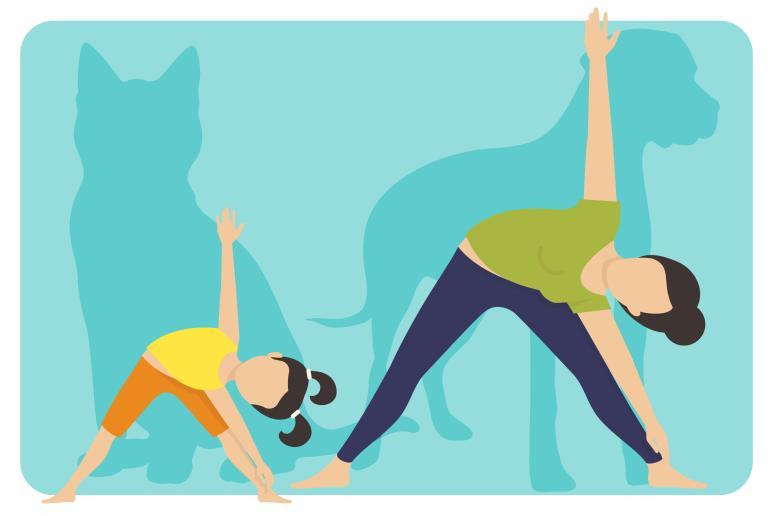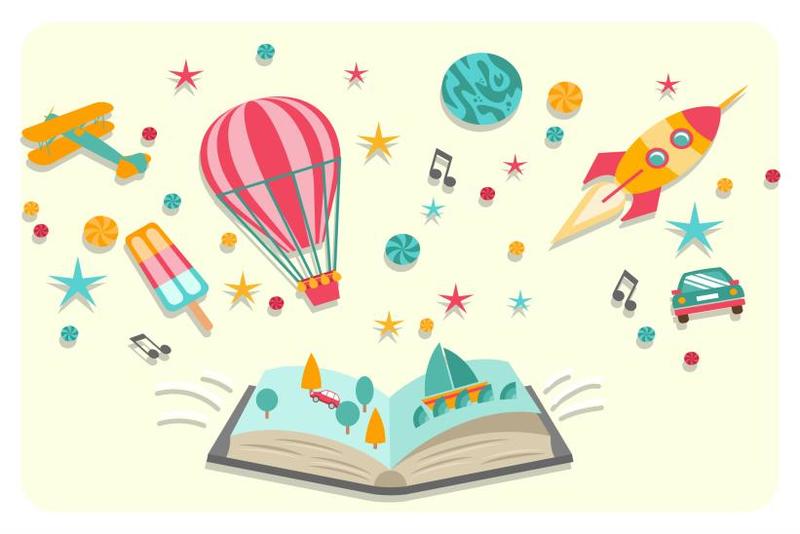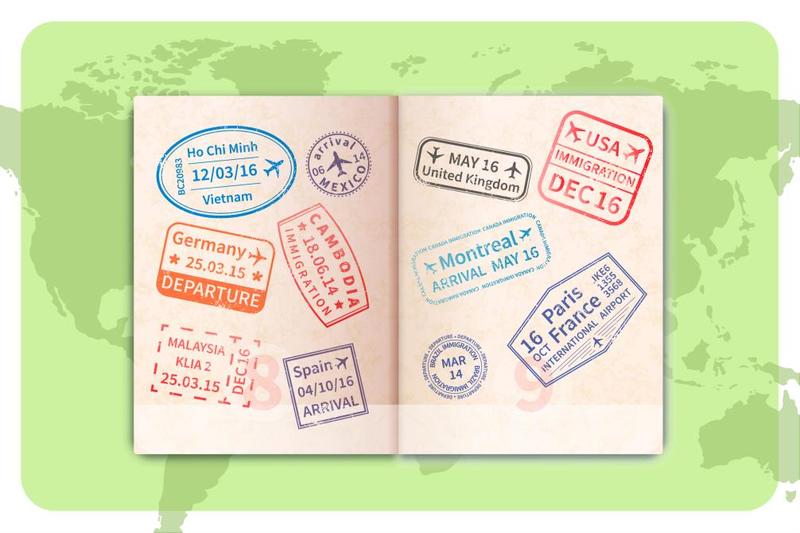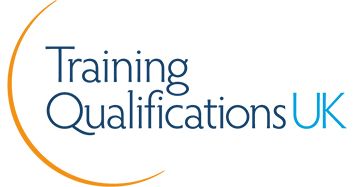The real trick is to create straightforward lessons and help to develop the child at this vital time. While early years lessons may seem simple to some, you do have to understand the Early Years Foundation Stage (EYFS) framework. Your online course can help you understand EYFS in fine detail but this blog will give you 3 exciting lesson ideas will bring your classroom to life and meet the standards in one go.
If you already work in early years, try out one of our multi-sensory story bags. Create calm in the classroom with our baby animal yoga or travel the world with our baby passports!
What is the EYFS?
The EYFS stands for the Early Years Foundation Stage. It is a government guide which outlines the main areas of child development in 7 categories. All early years training will cover what you need to know about the EYFS. To give you a brief insight, we have summarised them here.
The seven main areas of the EYFS have been determined by the government to promote the key areas of child development. These are:
- Communication and language
- Physical development
- Personal, social and emotional development
- Literacy
- Mathematics
- Understanding the world
- Expressive art and design
This is a fundamental time in a child's development. Before starting your early years career, you can try these activities at home with your own children. Join in, everyone will benefit from...
1. Baby animal yoga

Key Early Years Areas: Physical; emotional, social and personal; communication and language; understanding the world.
Method: Ask children to create animal poses (“cat”, “dog”, “owl”) and hold them for a few seconds.
Based on an ancient Indian practice, the benefits of yoga for the mind, body and soul are well known. In recent years, yoga has seen increasing popularity in the West.
Baby yoga has the same benefits for children, increasing mindfulness and coordination in a non-competitive way. Plus, this simple activity covers many EYFS key areas through physical activity.
Why not create animal flashcards to improve vocabulary and spelling, covering the all-important area of literacy too? Record this activity by creating a photo journal and display of different animal poses. You can expand this exercise by doing animal-themed arts and crafts activities.
2. Story Bags

Key Early Years Areas: literacy; emotional, social and personal; communication; understanding the world; physical; mathematics.
Method: Fill a story bag with props relating to a storybook.
Story bags are a brilliant way to bring a story to life, helping words and ideas stick with multi-sensory activities! The obvious benefits are in literacy and communication, but by being wise in picking your story, you can tick many of the EYFS boxes with a fun-packed, colourful, story bag.
Here are two suggestions, look online for some other ideas:
- The Very Hungry Caterpillar: put a bag together with fruit and vegetables and all food mentioned in the book. As you read the story, get children to pull out the items from the bag. This way, you can tie this into literacy and communication and the EYFS requirement of healthy eating. Extend this activity by doing a colour-by-number caterpillar, available for free here. The Very Hungry Caterpillar also develops skills in mathematics and counting.
- Rama and Sita, Diwali: the festival of lights, a Hindu festival, creates opportunities to learn about peoples and the world, even for children in pre-school, by telling the story of Rama and Sita. Fill your bag with masks and puppets of Rama and Sita, and co-ordinate other creative Diwali-related activities with resources from Twinkl. Incorporate some physical activity by drawing a magic circle in chalk and get children to act out the story with masks.
Expand this story book activity to cover emotional and social development by developing a story bag around Guess How Much I Love You. The opportunities are limitless!
3. Baby Passports

Key Early Years Areas: emotional, social and personal; understanding the world; expressive arts and design; communication and language.
Method: Take a small photograph of children and stick it to a small piece of folded card. Write the child’s name and age next to the photograph. The children can ‘stamp’ their passports each month as they ‘visit’ each place.
The baby passports activity offers endless scope to transport the children on a multi-sensory journey around the world without leaving the classroom! Each month, you can theme displays and activities around a particular country. Do this by bringing in food, creating arts and crafts activities, a dress-up box and reading stories and fables from other cultures.
Bring in spices from India for the children to smell and touch! Make pretend sushi with coloured card while exploring Japan! Teach the children to say hello in French or thank you in Japanese!
If these ideas got you going, then maybe a career in early years education is for you. To find out more about an affordable way to start a career in early years’ education from home, click here.


















